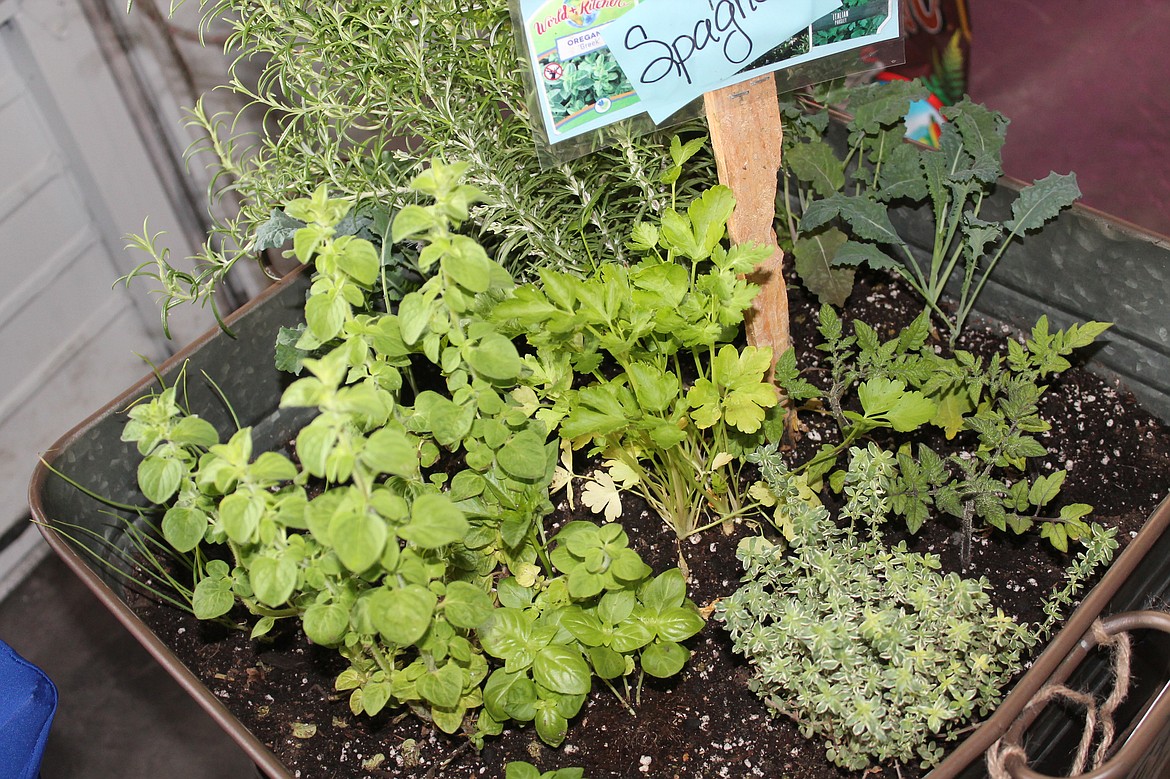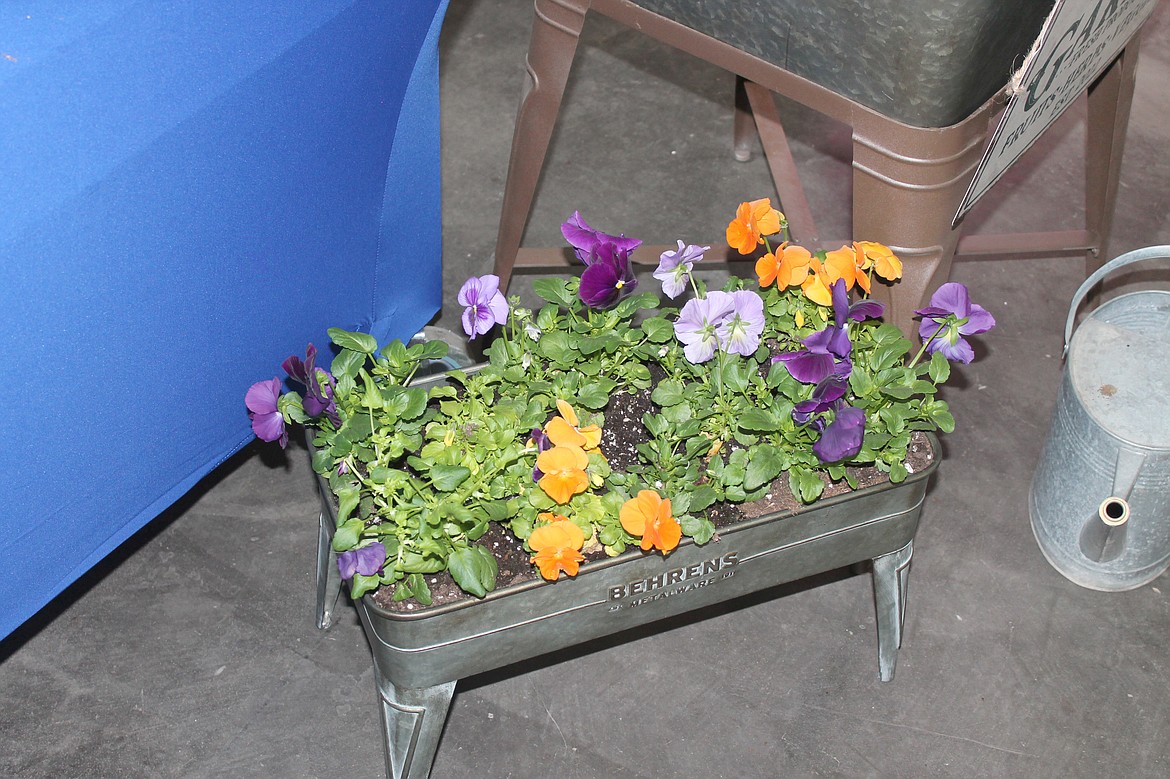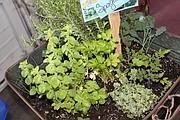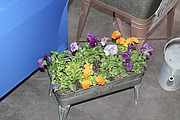Starting a garden from scratch
MOSES LAKE — So you have some lawn just sitting there in the sun. Maybe the kids are too old to play in the backyard, or maybe you knocked down a shed or sold the car that had been sitting there forever. Whatever the reason, you’d like to put it to good use and raise some veggies. How do you start?
“To tackle a garden where you have an existing lawn, what I do is I build a raised bed on the existing patch of grass,“ said Kim Ries Ashley, a passionate gardener and owner of Blue Rouge Garden and Nursery in Moses Lake.
Pressure-treated 2x6s work well, she said, so they don’t rot away. And then lay down newspaper, at least two sheets thick, or cardboard to kill the grass underneath.
“Now, if you're not building it real elevated, you have to be careful when you're digging, if you're going to plant your garden this year, that you don't permeate that layer of newspaper that you've put in. It kind of depends on the depth of your raised bed.”
Then you add soil, and depending on what you’re growing, maybe a dead carp.
“My son likes to hunt them,” Ashley said. “And I say ‘Well, work them into the garden where I'm gonna grow my tomatoes.’”
The fish, which are plentiful in our lakes, make really good fertilizer, she explained.
As for topsoil, that can be bought at any number of places in the Basin. But Ashley recommended amending it with some peat moss, manure and compost. The last of these can be made from kitchen scraps like onion ends, melon rinds, tomato pieces and so forth. You can go through the whole composting process, she said, or just toss the vegetable pieces in the garden. (But be prepared for them to produce some volunteers, she added.) Coffee grounds also make excellent compost, she said.
At this time of year, Ashley said, it’s a good time to put in cold crops like kale, lettuce, onions and radishes, which harvest in June. The tenderer, more heat-dependent crops like tomatoes and peppers can be started indoors and put out at the beginning of May, when the evening temperature is likely to be consistently above 50 degrees. She pointed to her indoor “spaghetti garden,” a galvanized tub where she’s starting tomatoes, peppers, onions, oregano, basil, rosemary and thyme – everything you need for a good spaghetti sauce.
While you’re feeling ambitious, how about starting a flowerbed in the front yard? For that, Ashley said, you start by turning over your soil and working in peat. Then work in some water-soluble slow-release fertilizer, layering it close to the surface. That way, she said, when you water the fertilizer will work its way down to the roots, whereas if you put it at the bottom it just sits there.
As for what to plant, that’s a matter of timing, Ashley said.
“I like to plant for different blooming times. Right now you'll see tulips, you'll see daffodils, you'll see the crocus, you'll see those early spring blooms like hyacinth. Those are bulbs; they get planted in the fall. But then comes your spring blooms like your forget-me-not, your pansies. Pansies like a little cooler weather. And then you start moving into your annuals and your early-blooming perennials. The peony, they're usually blooming here at the beginning of summer, whereas your hardy hibiscus are really going to go into bloom late July, August. So I like to plant so that something's always in bloom.”
Of course, there are pitfalls to avoid when planting a new garden, Ashley said.
“I'm guilty of this: I want to get out and work the dirt. I want to get out and put my flowers out, I want to plant. And I think the biggest mistake, which isn't really a mistake, it's just a matter of not having the patience to wait, is you put your plants out too early, and they take frost hit … You get a couple of 70-degree days, you're chomping at the bit to get your garden going. And you inevitably put them out too early.”
Mistake number two, she said, is thinking plants are dead when they’re really just dormant. A hibiscus plant, for example, looks like a bundle of bare sticks at this time of year. But when the weather warms up, that’s where this year’s plant will grow.
The most important thing to remember, Ashley said, is that it’s a learning experience.
“The biggest thing is, if you've planted something and it doesn't work, you shouldn't be discouraged; you should try something different.” she said. “It’s kind of like parenthood. You’re like, ‘Well, that didn't work. Try again.’ Plants are way easier than kids. If you can be a parent, you can take care of plants.”
Joel Martin can be reached via email at jmartin@columbiabasinherald.com.









